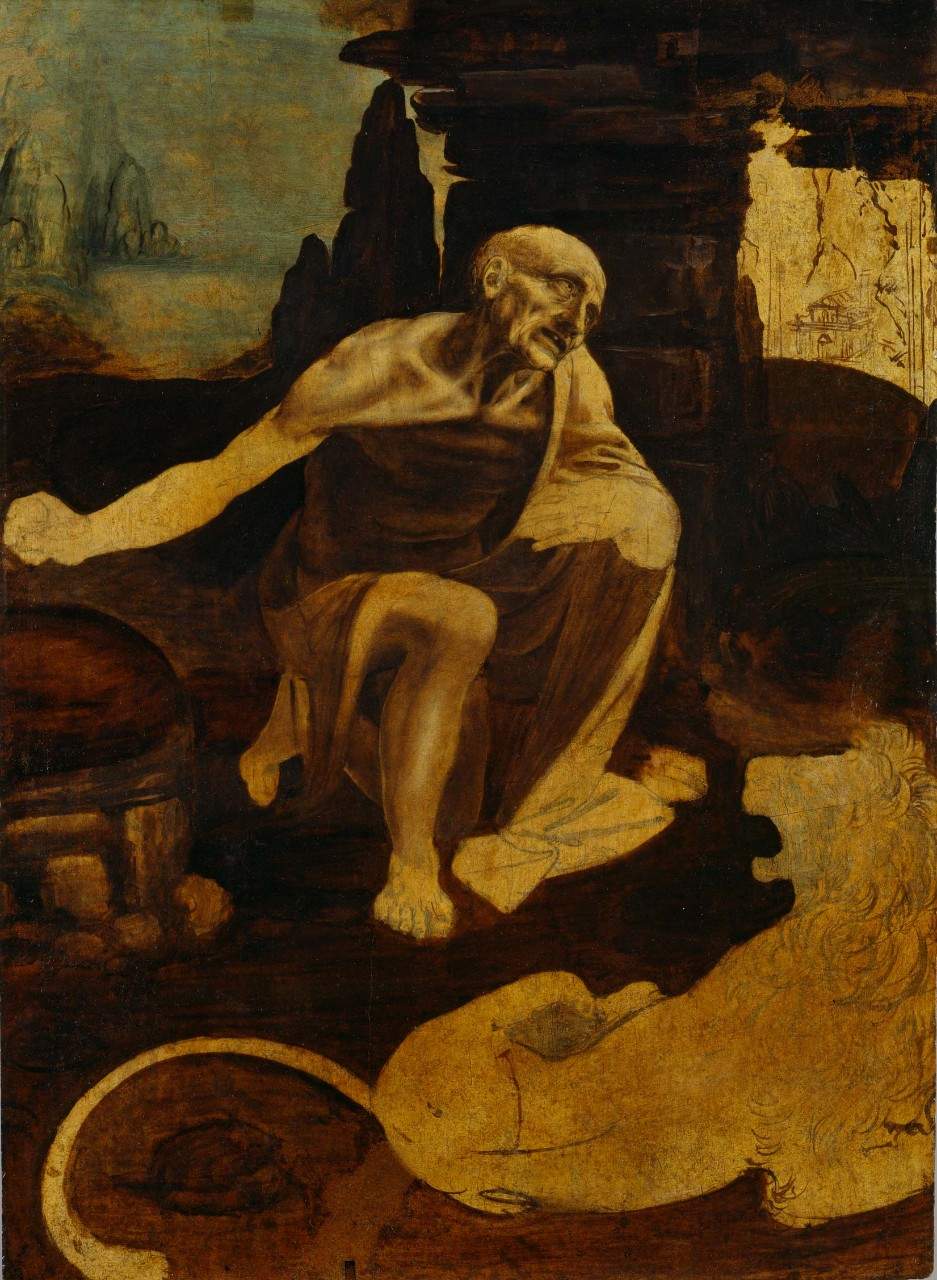The Vatican Museums are celebrating the 500th anniversary of the death of Leonardo da Vinci (Vinci, 1452 - Amboise, 1519) with the event The St. Jerome of the Vatican Museums: until June 22, Leonardo’s masterpiece, usually displayed in the Vatican Pinacoteca, can be seen free of charge in the Braccio di Carlo Magno in St. Peter’s Square, where a special exhibition space has been set up dedicated to him. In the exhibition, the public will also find a document from the Historical Archives of the Fabbrica di San Pietro that testifies to Leonardo’s stay in an apartment set up for him in the Vatican Belvedere. In addition, to support and complement the visiting experience, a didactic apparatus has been realized that in illustrating the history of the painting, the diagnostic and restoration work it has undergone, also provides information on the life and figure of the artist, in relation to the historical and cultural context in which he worked in the second decade of the 16th century.
“To make known, preserve and share the extraordinary legacy of culture, history, beauty and faith that the Roman Pontiffs have guarded for centuries: this is the mission of the Vatican Museums,” says Barbara Jatta. Director of the Vatican Museums. “Leonardo’s St. Jerome in the Desert is certainly an absolute masterpiece, but also a work that exalts the spirituality of a great Father and Doctor of the Church.” The exhibition will also present to the public an in-depth study on the figure of St. Jerome written by Pope Emeritus Benedict XVI, and there will also be notes on the painting’s collecting history, and a video on the work made by the Vatican Museums management.
St. Jerome in the Desert is the only work by Leonardo in the collections of the Vatican Museums “Among the few creations of the Da Vinci genius whose autography has never been questioned,” Barbara Jatta explains, “the painting stands out not only for its iconography and collecting history, but also and above all for its execution technique. The composition, dominated by the expressive power of the Saint’s face, is also transfigured by the quality of its setting, immersed in a landscape reminiscent of those of the Virgin of the Rocks and the Mona Lisa. Also recurring in it are the many notes lavished lavishly in the Master’s scientific writings that make this a key work of his maturity.” A masterpiece that is distinguished, Jatta continues, by the painting’s “very special executive technique and collecting history,” which “represent two other, important elements for the uniqueness and peculiarity of this work. Lastly, an additional panel is dedicated to the restoration and diagnostics recently carried out on the painting, which have made it possible to learn more about its structure and technical characteristics, and to verify its placement and conservation up to the creation of the climaframe in which it is currently preserved.”
“The panel,” the director adds, "is characterized by strong plastic propensity and tension, characteristic of Leonardo’s coeval works. In the 1980s, Leonardo developed a technique ca-ratered by an accentuated simplification of the chromatic range, evidenced not only by an unfinished work such as theAdoration of the Magi in the Uffizi, but also by the Musico in the Ambrosiana and the Virgin of the Rocks in the Louvre. In parallel with and perhaps as a consequence of this graphically full-bodied and pictorially structured research, there is a resurgence of interest in drawing, numerically prolific and artistically independent, which presides over every investigation and acknowledgement of reality. Such plastic research and drawing emphasis will then give the start to the systematic study of human anatomy, developed in sheets of the highest artistic and scientific value." For all information you can visit the Vatican Museums website.
Pictured: Leonardo da Vinci, Saint Jerome (c. 1482; oil on panel, 103 x 74 cm; Vatican City, Vatican Museums)
 |
| At the Vatican Museums you can see Leonardo da Vinci's Saint Jerome for free |
Warning: the translation into English of the original Italian article was created using automatic tools. We undertake to review all articles, but we do not guarantee the total absence of inaccuracies in the translation due to the program. You can find the original by clicking on the ITA button. If you find any mistake,please contact us.